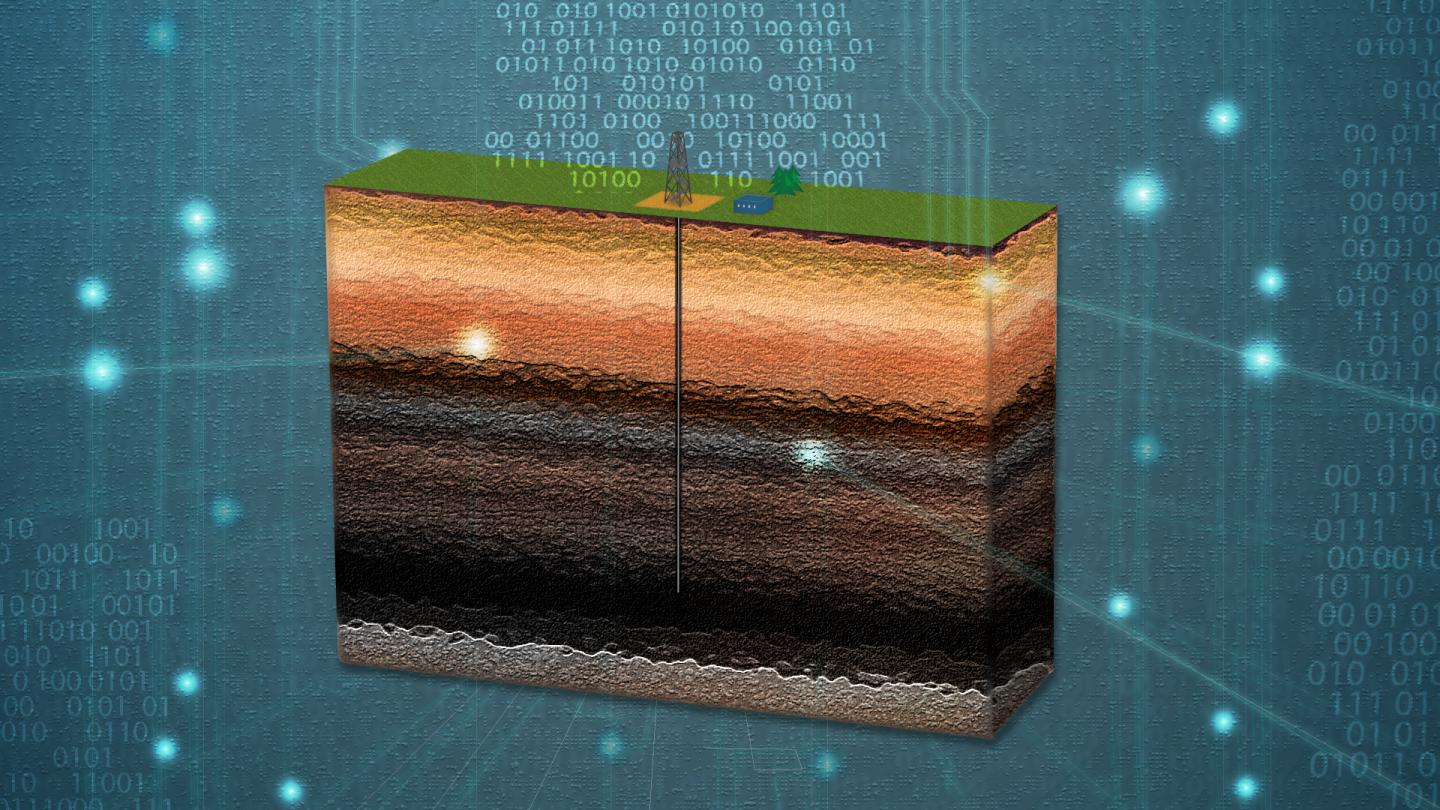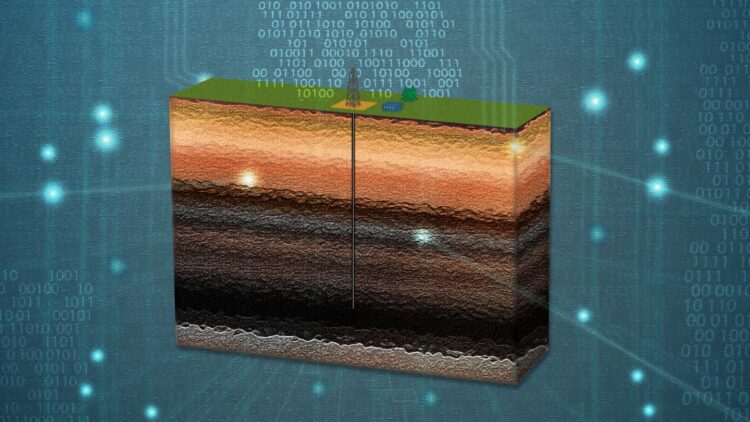
Credit: Pavel Odinev / Skoltech
Skoltech scientists and their industry colleagues have found a way to use machine learning to accurately predict rock thermal conductivity, a crucial parameter for enhanced oil recovery. The research, supported by Lukoil-Engineering LLC, was published in the Geophysical Journal International.
Rock thermal conductivity, or its ability to conduct heat, is key to both modeling a petroleum basin and designing enhanced oil recovery (EOR) methods, the so-called tertiary recovery that allows an oil field operator to extract significantly more crude oil than using basic methods. A common EOR method is thermal injection, where oil in the formation is heated by various means such as steam, and this method requires extensive knowledge of heat transfer processes within a reservoir.
For this, one would need to measure rock thermal conductivity directly in situ, but this has turned out to be a daunting task that has not yet produced satisfactory results usable in practice. So scientists and practitioners turned to indirect methods, which infer rock thermal conductivity from well-logging data that provides a high-resolution picture of vertical variations in rock physical properties.
“Today, three core problems rule out any chance of measuring thermal conductivity directly within non-coring intervals. It is, firstly, the time required for measurements: petroleum engineers cannot let you put the well on hold for a long time, as it is economically unreasonable. Secondly, induced convection of drilling fluid drastically affects the results of measurements. And finally, there is the unstable shape of boreholes, which has to do with some technical aspects of measurements,” Skoltech PhD student and the paper’s first author Yury Meshalkin says.
Known well-log based methods can use regression equations or theoretical modelling, and both have their drawbacks having to do with data availability and nonlinearity in rock properties. Meshalkin and his colleagues pitted seven machine learning algorithms against each other in the race to reconstruct thermal conductivity from well-logging data as accurately as possible. They also chose a Lichtenecker-Asaad’s theoretical model as a benchmark for this comparison.
Using real well-log data from a heavy oil field located in the Timan-Pechora Basin in northern Russia, researchers found that, among the seven machine-learning algorithms and basic multiple linear regression, Random Forest provided the most accurate well-log based predictions of rock thermal conductivity, even beating the theoretical model.
“If we look at today’s practical needs and existing solutions, I would say that our best machine learning-based result is very accurate. It is difficult to give some qualitative assessment as the situation can vary and is constrained to certain oil fields. But I believe that oil producers can use such indirect predictions of rock thermal conductivity in their EOR design,” Meshalkin notes.
Scientists believe that machine-learning algorithms are a promising framework for fast and effective predictions of rock thermal conductivity. These methods are more straightforward and robust and require no extra parameters outside common well-log data. Thus, they can “radically enhance the results of geothermal investigations, basin and petroleum system modelling and optimization of thermal EOR methods,” the paper concludes.
###
Media Contact
Alina Chernova
[email protected]
Related Journal Article
http://dx.





